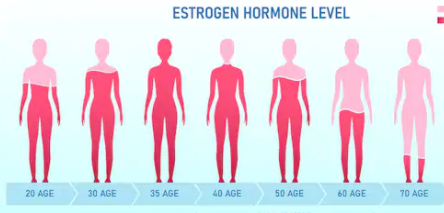Recently, in a research report titled “RSK2 Maintains Adult Estrogen Homeostasis by Inhibiting ERK1/2-Mediated Degradation of Estrogen Receptor Alpha” published in the Cell Reports, scientists from Vanderbilt University and other institutions found a key regulatory protein through research that can regulate the body’s estrogen cycle. Oral contraceptives will moderately increase the risk of breast cancer in women, and birth control methods will use estrogen, a hormone that binds to…
Cell
TDP-43 and Paraspeckle: Key Factor to Determine Stem Cells Differentiated or Remain Pluripotent
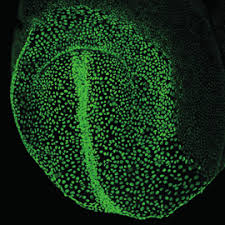
Induced pluripotent stem cells (iPS cells) can be transformed into any cells in the body or maintain their original form. In a new study, researchers from research institutions such as the Helmholtz Center in Germany described how cells decide which of these two directions to choose. In their research, they identified a protein and a ribonucleic acid (RNA) that played a very important role in this process. Their findings also…
Revealing the Mechanism of Cancer Cells Spreading Through Hijacking of Immune Cells in vivo
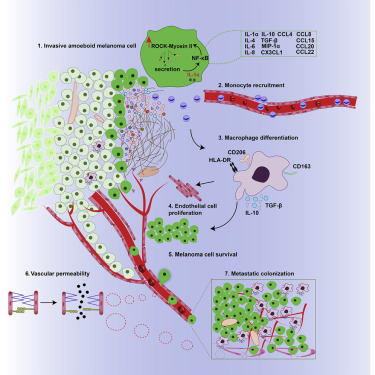
In a new study, researchers from Queen Mary College, University of London, UK, discovered that molecules released from invasive skin cancer reprogram the healthy immune cells to help spread cancer. Targeting these molecules with inhibitory drugs may help prevent this invasive skin cancer from recurring after treatment. The results of the study were published in the Cell, entitled “Regional Activation of Myosin II in Cancer Cells Drives Tumor Progression via…
Dna2 Deficiency May Result in DNA Insertions at Chromosomal Breaks
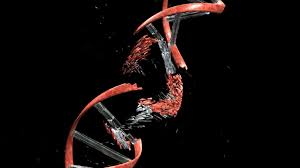
Cells have many mechanisms to protect genomic integrity, including the process of repairing errors that may occur during DNA replication. The Dna2 nuclease is involved in DNA repair, but little is known about its effect on chromosomal instability. In a new study, researchers from several research institutions, including Baylor College of Medicine, revealed that when Dna2 is missing, smaller DNA fragments jump from the entire genome to the chromosomal breaks….
Review of the Control of Inflammasome Activation by Phosphorylation
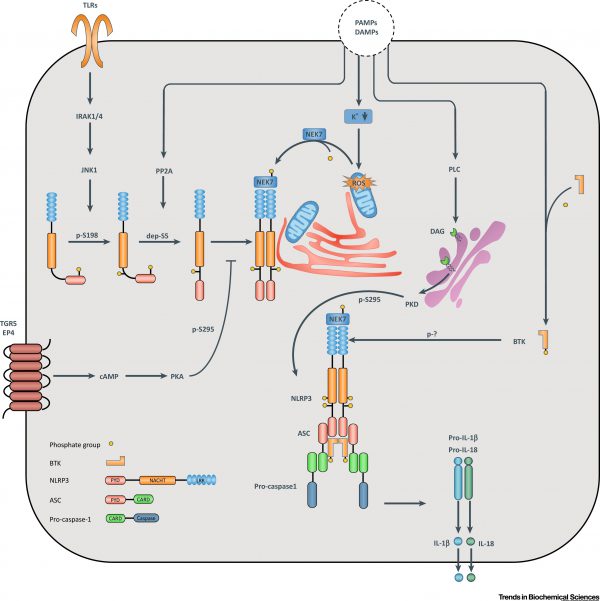
Recently, Zhou Rongbin and Jiang Wei, professors of the Department of Life and Medical Sciences of the University of Science and Technology of China, the Key Laboratory of Natural Immunology and Chronic Diseases of the Chinese Academy of Sciences, and the National Research Center of Hefei Microscale Material Science, were invited to present in the Trends in Biochemical Sciences of Cell. A review article entitled Control of Inflammasome Activation by…
Immunity: Why Can’t HIV Be Cured? Scientists Find the Key Mechanism!
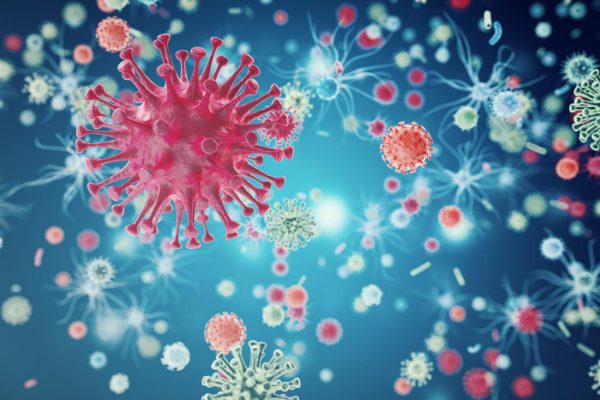
Due to the rapid development of antiretroviral therapy (ART), HIV patients can live longer than before. But even if it is a very effective long-term ART, the HIV virus remains stubbornly incurable, so patients need medication for life. Scientists have been convinced that this is because the HIV virus has created a stubborn virus-infected cell nest that allows HIV to survive indefinitely. A recent study done by researchers at Brigham…
Two Articles Revealed a Specific Gene That Makes the Human Brain Big—NOTCH2NL

Over the past 3 million years, the evolution of larger brains has played an important role in our ability to think, solve problems, and develop cultures. However, it has always been a mystery for us to become genetic changes in the human brain. In two papers published in Cell, two groups of researchers identified a gene family, NOTCH2NL, which appears to play an important role in the human-specific cortical development…
Cell: TBK1 Is the Blockage to Weight Loss

Highlights TBK1 operates at the intersection of energy expenditure and inflammation TBK1 deficiency attenuates HFD-induced obesity but exaggerates inflammation TBK1 represses energy expenditure by phosphorylating and inhibiting AMPK TBK1 attenuates NF-κB activation and mediates the anti-inflammatory effect of AMPK Do you ever wonder why fat body burns even fewer calories, or why dieting for weight loss always has bottlenecks? That’s because in both cases, our body tries to defend…
Highlights of the Journal Cell for Oct, 2017 (III)
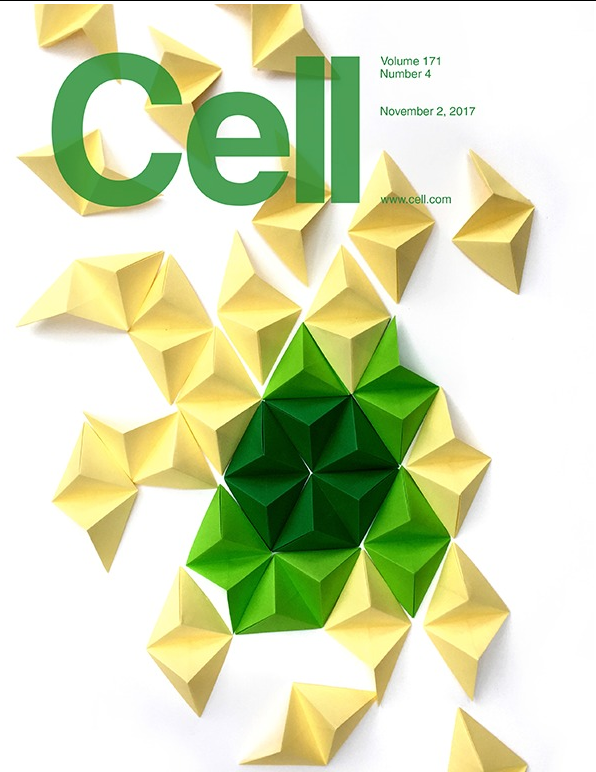
(Continued) 9. Draw a four-dimensional map of the self-folding of the human genome Suhas S.P. Rao, Su-Chen Huang, Brian Glenn St Hilaire et al. Cohesin Loss Eliminates All Loop Domains. Cell, 5 October 2017, 171(2):305–320, doi:10.1016/j.cell.2017.09.026 In a new study, researchers from institutions such as Baylor College of Medicine, Rice University, Stanford University and Broad Institute, constructed the high-resolution four-dimensional map of the human genome fold for…
Highlights of the Journal Cell for Oct, 2017 (II)

(Continued) 5. On average, one to ten mutations are sufficient to promote cancer Iñigo Martincorena, Keiran M. Raine, Moritz Gerstung et al. Universal Patterns of Selection in Cancer and Somatic Tissues. Cell, Published online: October 19, 2017, doi:10.1016/j.cell.2017.09.042 In a study of more than 7,500 tumors of 29 cancer types, researchers from the Wellcome Trust Sanger Institute, the European Bioinformatics Institute, and the Francis-Crick Institute unbiased evaluated…
